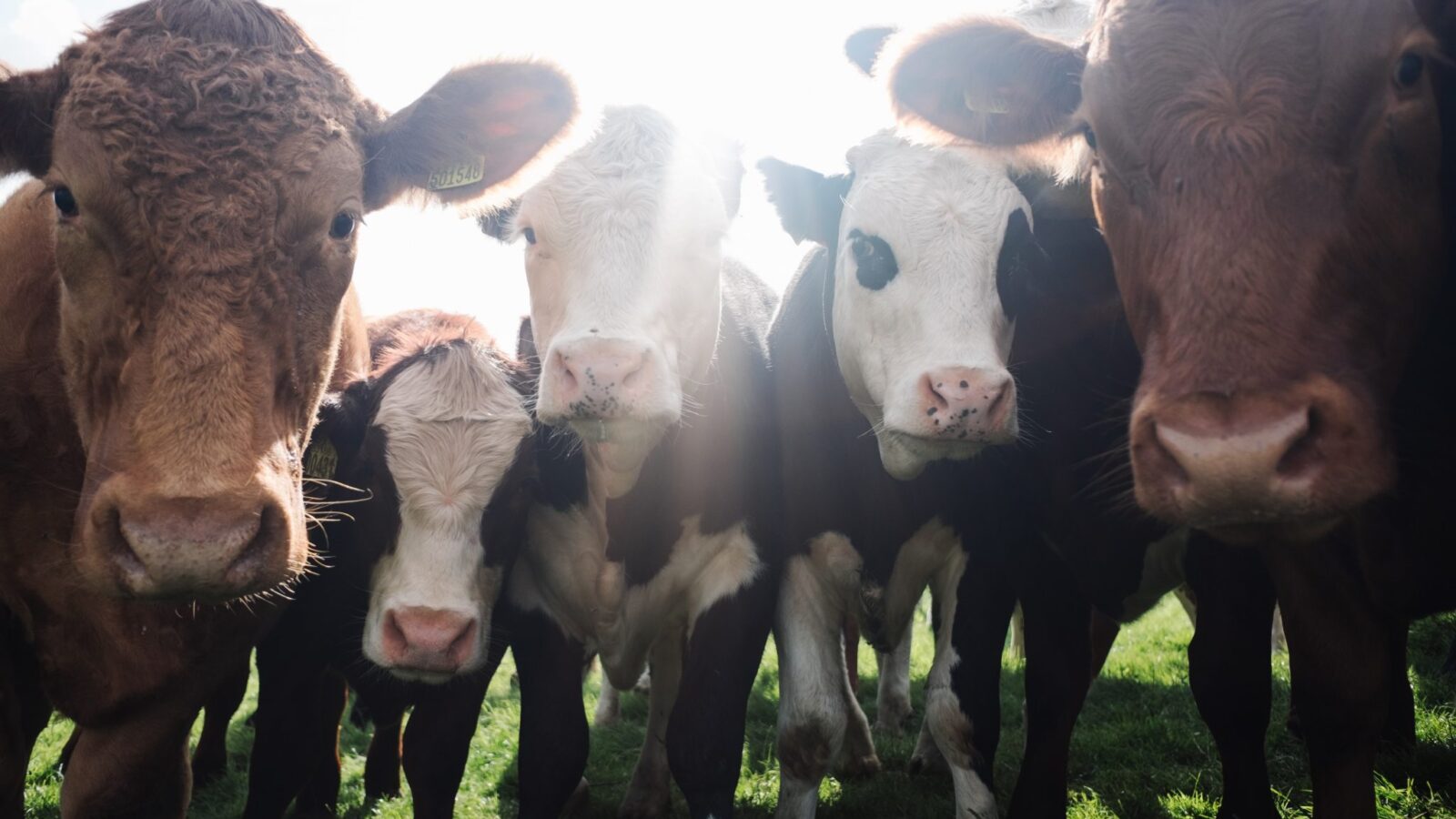
California is on track to reduce dairy methane emissions by 40% below 2013 levels by 2030, finds a new report by researchers at the University of California, Davis CLEAR Center. Their analysis concludes that the dairy industry’s comprehensive GHG reduction strategies will enable it to meet the targets set by Senate Bill No. 1383 (or SB 1383) and achieve climate neutrality.

According to the report, to meet its goals, the California dairy industry will need to continue implementing its four-part strategy for dairy methane reduction. This includes farm efficiency and herd attrition, methane avoidance (alternative manure management), methane capture and utilization (digesters), and enteric methane reduction. Continued alignment of state and federal climate-smart agricultural approaches and incentives will also be critical to maintaining progress, it concludes.
Outlining the wider significance of California’s achievements, report co-author Dr. Frank Mitloehner, professor and air quality specialist and director of the UC Davis CLEAR Center, said, “It is important to highlight California’s investments and success to date as an example of what is possible within the global livestock sector. California dairy farmers have demonstrated tremendous progress toward the state’s methane reduction goal over the past several years. Given the short-lived nature of methane, this rapid reduction is an important contribution to the global effort to quickly limit climate warming.”


